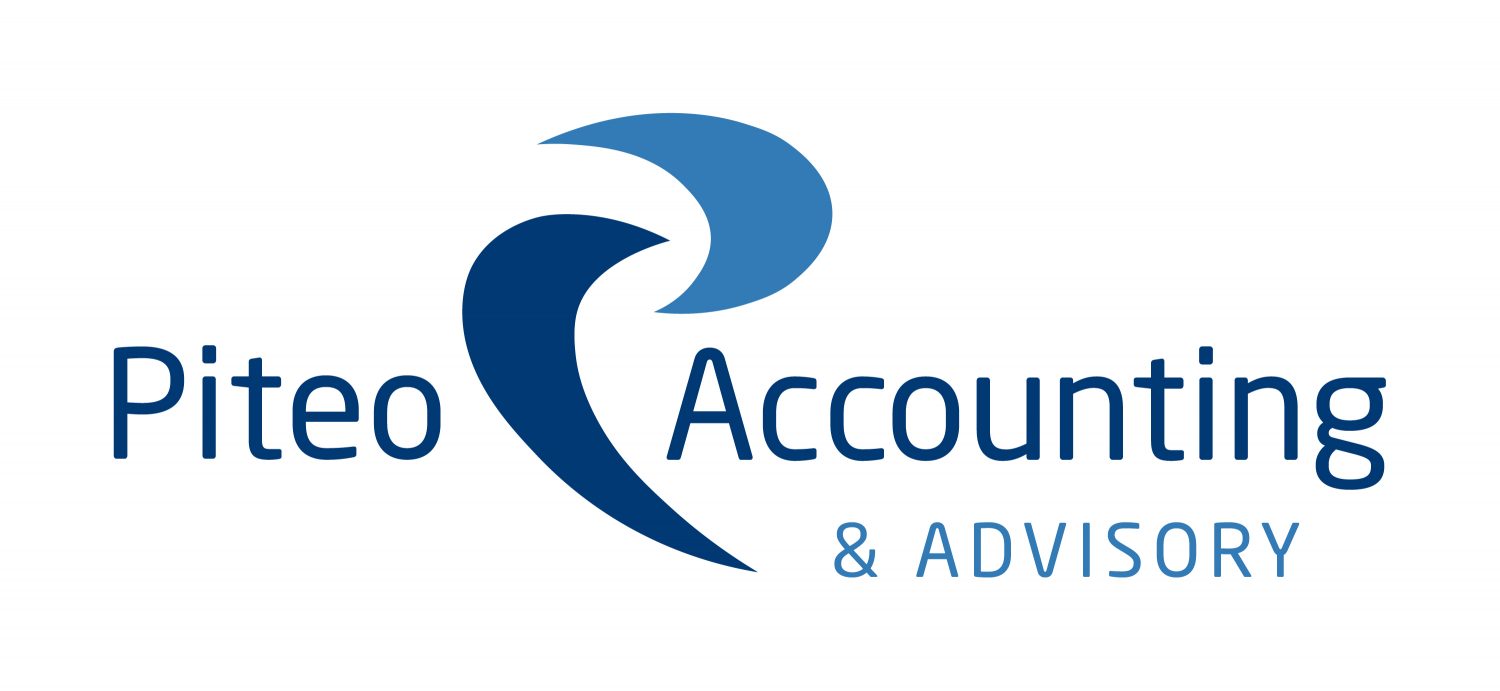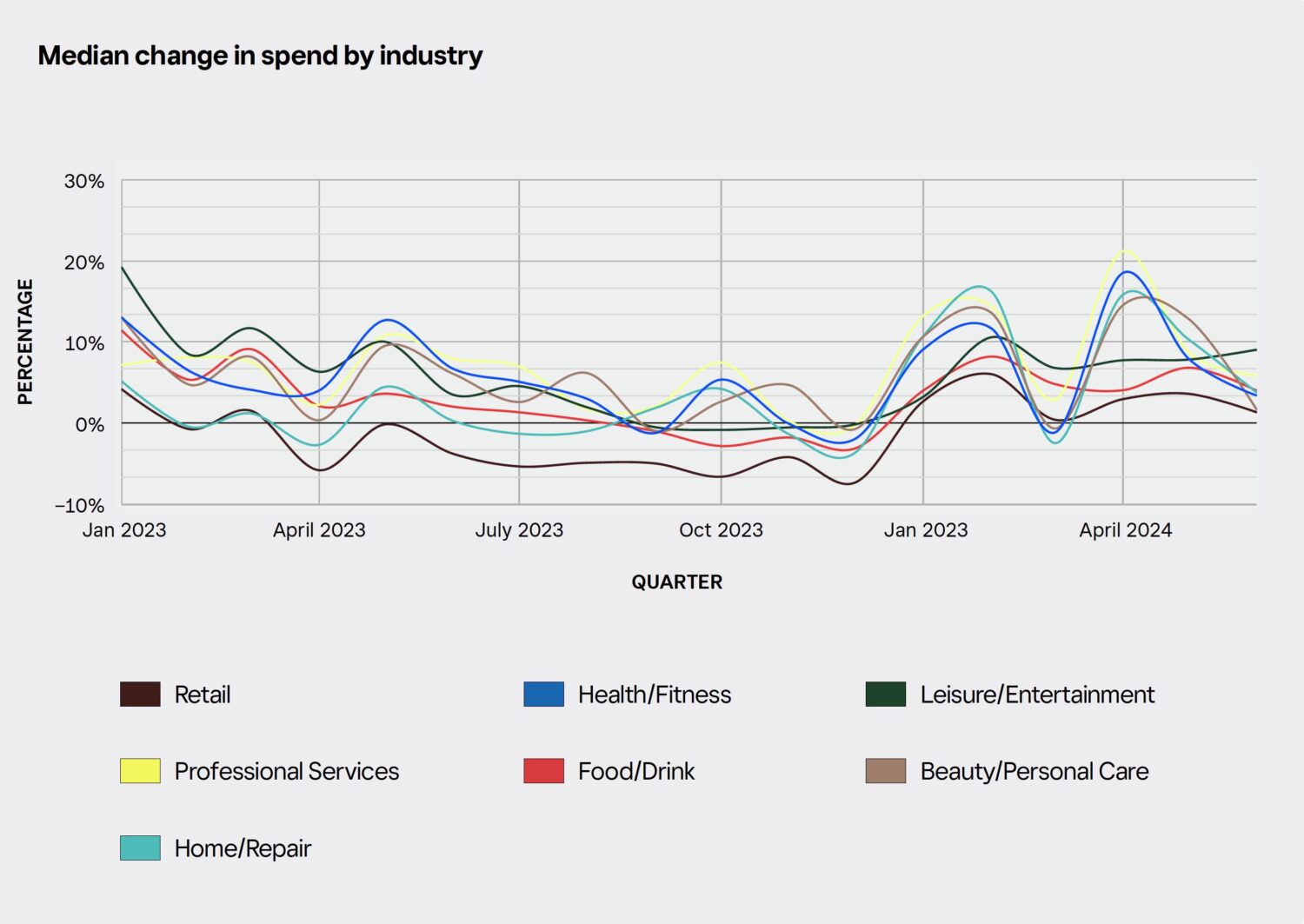As we look ahead in 2024, it’s clear that Australia’s small businesses are facing a mixed economic landscape. A new State of Small Business Data Report, produced by Square, offers valuable insights into the current conditions, consumer preferences, and business performance across various sectors and cities.
Here’s a summary of what this report entails.
Current economic conditions
Small businesses in Australia are navigating tough times. Cost pressures remain high, and business confidence is on a downward trend. The situation is complex, with some businesses thriving while others struggle, depending largely on their size, location, and industry.
Small business insights
Despite the challenges, small business owners have identified several key areas where government policies could provide much-needed support. The data from Square, along with macroeconomic measures and survey responses, indicates that many small businesses are finding it difficult to maintain their footing in the slowing economy. While there is individual optimism, record-high insolvency rates are a stark reminder of the broader struggles facing the sector.
What small businesses need
Small business owners are calling for practical solutions to help them navigate these challenging times:
- Access to low-interest loans and grants: 42% of small business owners believe that better access to financial support for sustainability and innovation is crucial.
- Incentives for technology adoption: 42% also want more incentives to adopt technologies such as artificial intelligence, eInvoicing, digital payments, and cyber security, which are becoming increasingly important for modern businesses.
- Certainty around tax policies: 46% of small business owners are seeking clarity on the future of the Instant Asset Write-Off, which plays a significant role in their financial planning.
How small businesses are adapting
In response to the current economic challenges, small business owners are making significant changes to stay afloat:
- Price increases: 46% have increased their prices to cope with rising costs.
- Streamlining operations: 1 in 5 small business owners have streamlined their processes to improve efficiency.
- Adjusting marketing strategies: 1 in 5 have changed their approach to marketing and social media to better connect with their customers.
Economic pressures on small businesses
Small businesses are feeling the pinch from a variety of cost pressures, which have become more pronounced over the past 12 months:
- Utilities: Costs for electricity, gas, and telecommunications have risen significantly.
- Supplier costs: Many small businesses are facing higher prices from their suppliers.
- Insurance premiums: Rising insurance costs are adding to the financial burden.
- Government levies: Council rates, licenses, and permits are also contributing to the cost pressures.
- Occupational costs: Rent, mortgage, and other occupational expenses are weighing heavily on businesses.
- Labour costs: The cost of hiring and retaining employees has increased.
- Existing loans: Debt servicing is becoming more challenging for many businesses.
Business entry and exit rates
The business landscape remains dynamic, with a 15.8% entry rate in 2022-23, equating to 406,365 new businesses. However, this is balanced by a 14% exit rate, with 356,216 businesses closing their doors during the same period.
Read the full State of Small Business Data Report here
Australia’s small businesses are facing a challenging road ahead, with many grappling with rising costs and economic uncertainty. While some are finding ways to adapt, there is a clear need for more targeted support to help these businesses not just survive, but thrive in the coming year. As we move into 2024, it’s essential for policymakers, industry leaders, and the broader community to come together to support the backbone of the Australian economy: small businesses.






